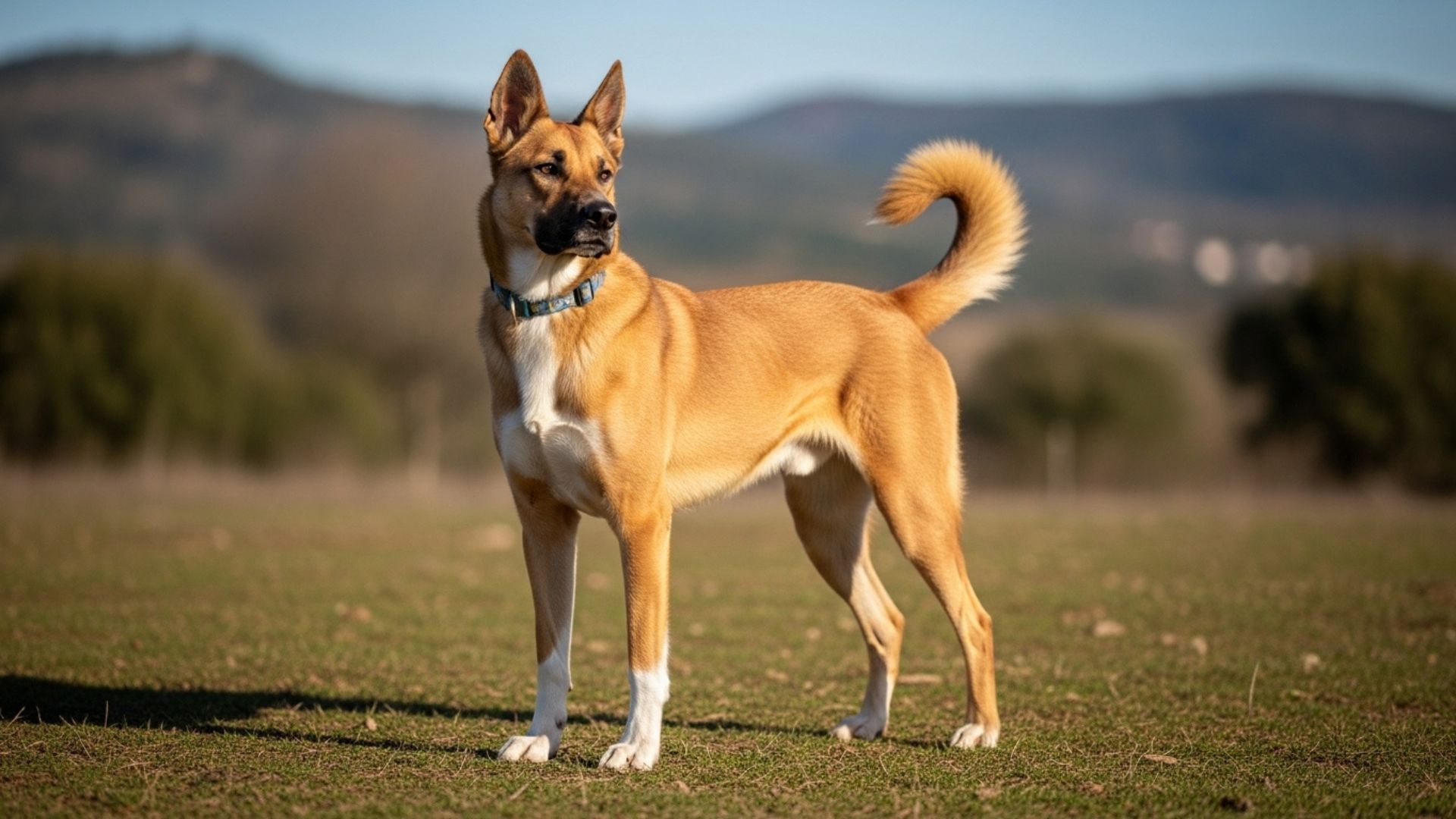Most people can easily name a handful of popular dogs, but the canine world is far bigger and more fascinating than what we usually see at the local park.
Among these hidden gems are dogs with incredible natural guarding instincts, shaped by generations of protecting farms, families, and entire communities long before modern security existed.
These lesser-known guardians often come from remote landscapes, old working traditions, or cultures where a dog’s value was measured by loyalty and instinct rather than appearance or trendiness.
They may not be widely recognized or commonly adopted, but they carry histories that are as strong and compelling as their protective nature.
If you’re curious about the protective dog breeds that quietly stand behind the scenes—steady, vigilant, and born with an unmistakable sense of duty—this is where their stories begin.
Key Takeaways
Meet rare guardians like the Canaan Dog, Tibetan Mastiff, and Belgian Laekenois, each with a backstory that’s too good to miss.
See how the Komondor, Pyrenean Shepherd, and Polish Lowland Sheepdog sharpened their protective instincts in some of the world’s toughest landscapes.
Get a quick feel for their personalities—from the Chinook’s steady calm to the sharp awareness of ancient herding breeds.
Find out why these overlooked dogs might be some of the most fascinating protectors you’ve never heard of.
Little-Known Dog Breeds with Natural Guarding Abilities
1. Canaan Dog
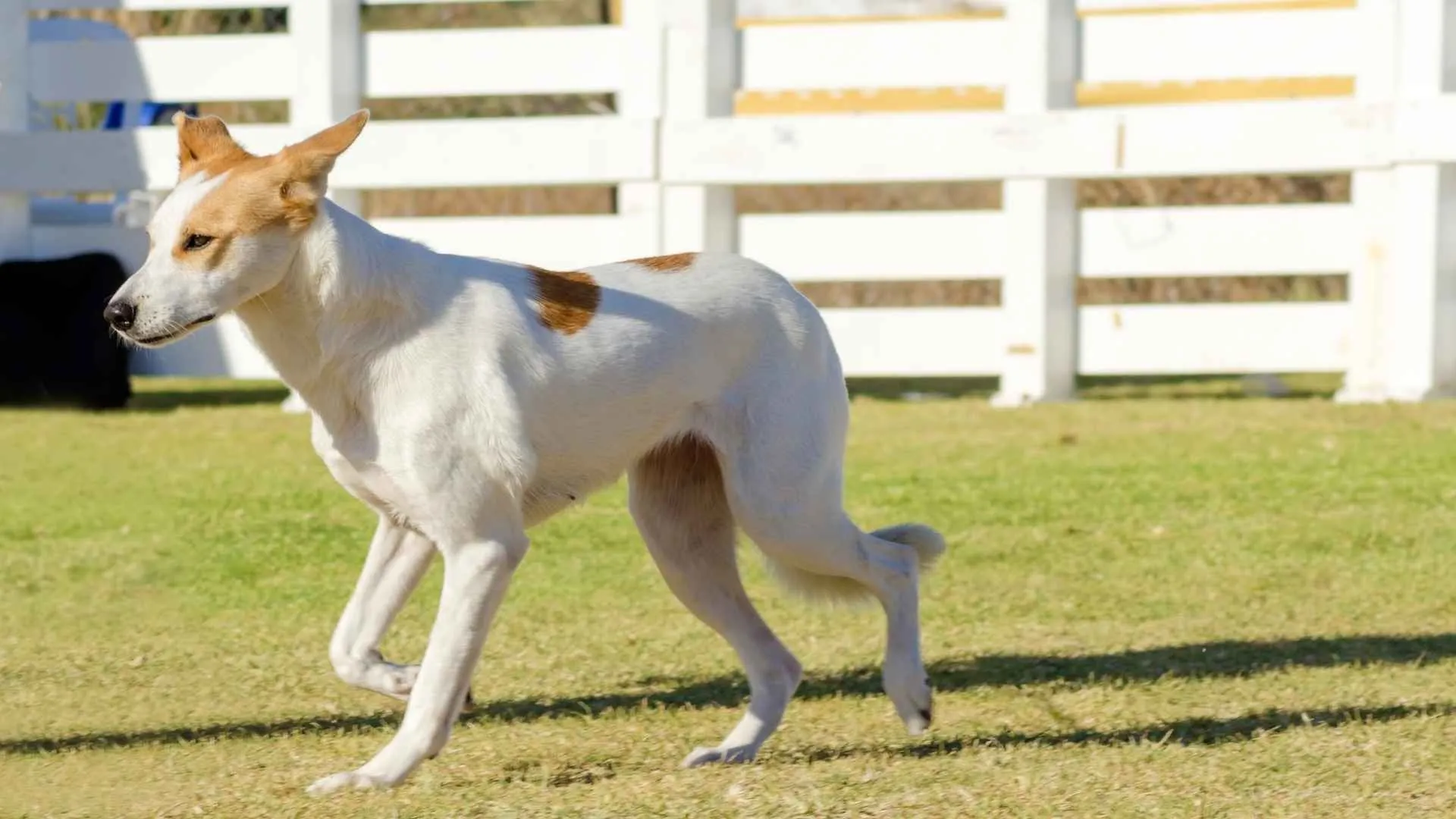
The Canaan Dog is Israel’s national dog and one of the oldest pariah breeds still thriving today. Originating in ancient Israel, it lived for centuries in the desert, herding livestock and guarding villages.
Omlet says that many believe this is the same type of dog used by the Hebrews in biblical times. Known for its muscular frame and agility, the breed is still valued for its sharp awareness and natural guarding abilities.
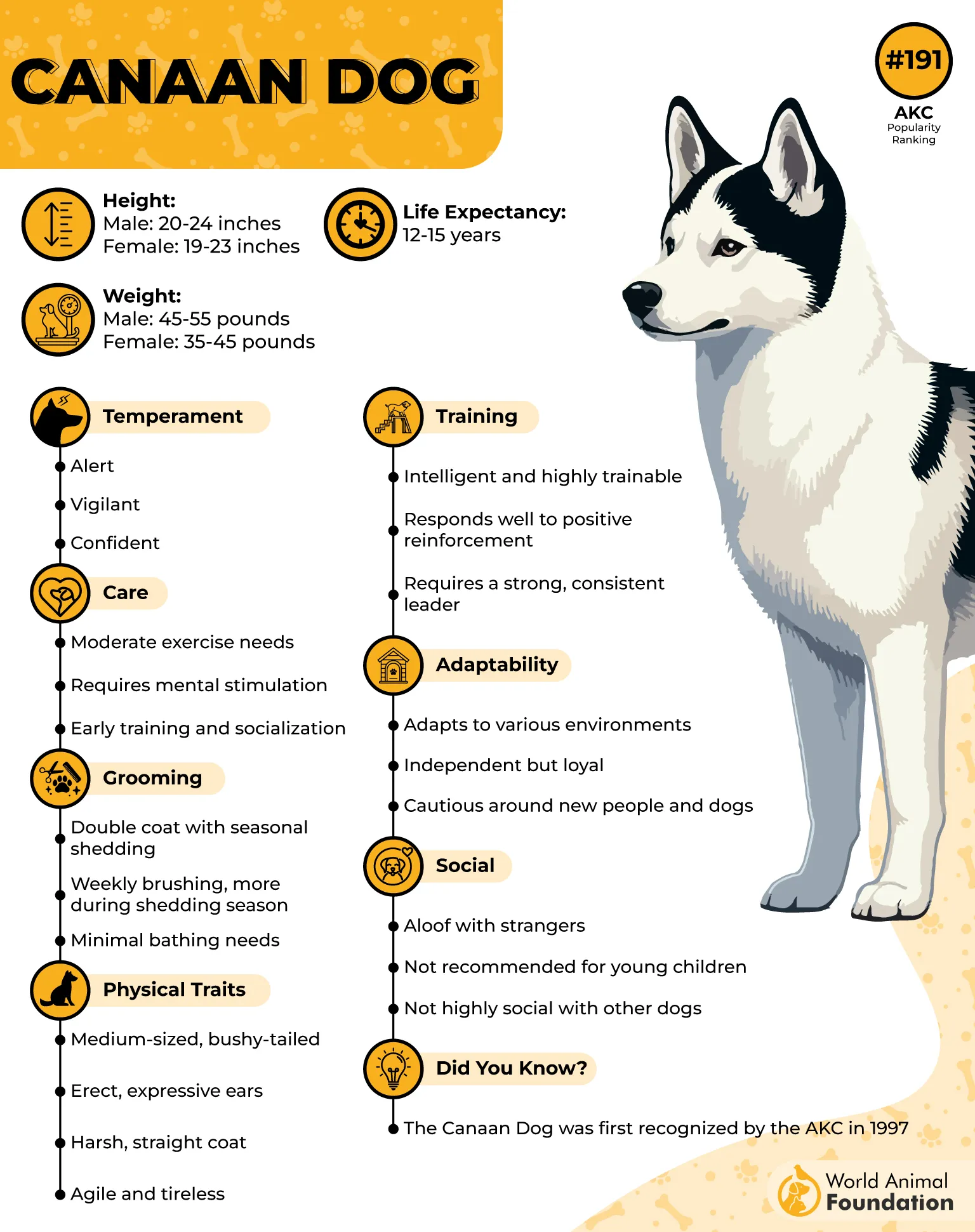
Temperament & Guarding Style
Canaan Dogs are extremely intelligent, independent, and deeply loyal to their families. They stay calm and affectionate at home but tend to be distant with strangers. Their alert nature makes them noisy and persistent guardians who are always watching their surroundings.
Key Behavior Traits:
Naturally vigilant and territorial
Calm with family, reserved around new people
Sharp instinct to alert and protect
Athletic and energetic—great for hikers and runners
Modern Roles & Training Needs
Many Canaan Dogs had returned to a semi-wild state before selective breeding began in the 1930s to stabilize the type. Once reintroduced as working dogs, they quickly proved their worth. They served as messengers, sentries, and mine detectors for Israel’s military forces and the Red Cross.
Their intelligence later made them valuable in training programs for the blind as well. They do best with experienced owners who use positive reinforcement and provide early socialization.
2. Belgian Laekenois
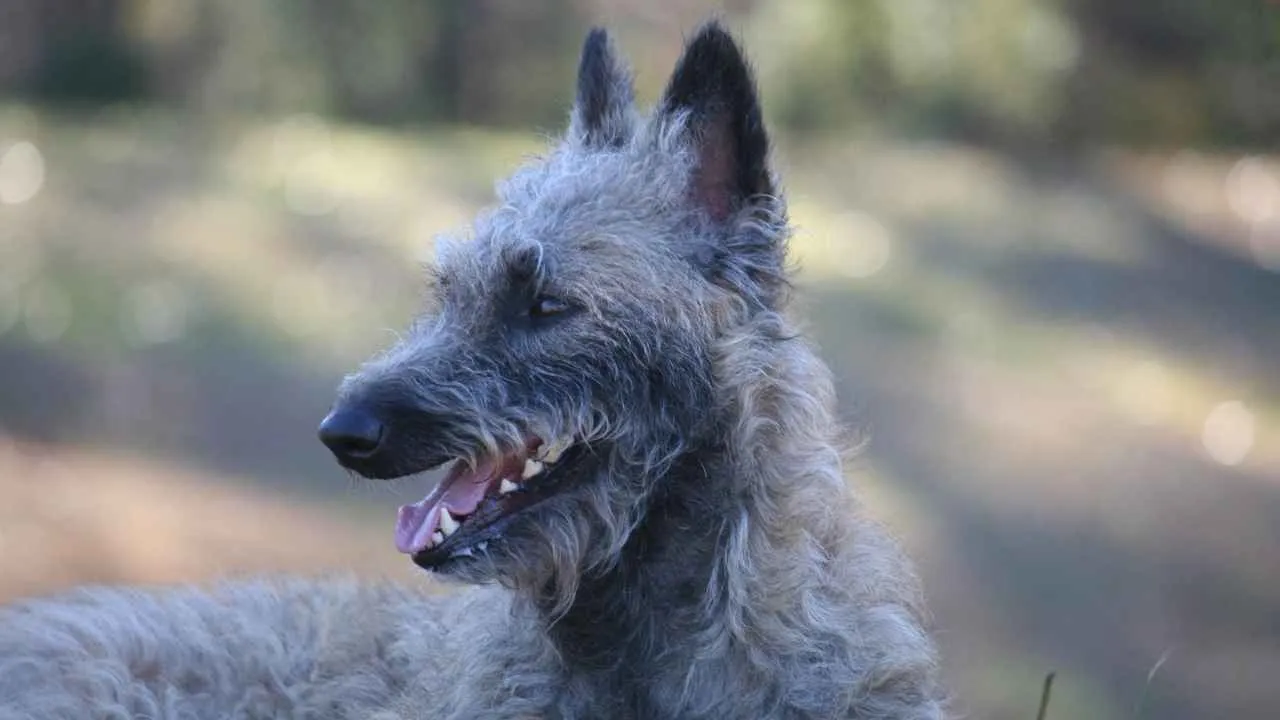
The Belgian Laekenois is the rarest of the four native herding breeds of Belgium. Developed in the region of Laeken, this intelligent and affectionate dog was originally bred to herd livestock and guard fields.
It was also valued for protecting linens that were laid out to dry—a unique job that set it apart from other shepherd dogs. Though related to the Belgian Malinois, Belgian Sheepdog, and Belgian Tervuren, the Laekenois stands out with its rough, wiry coat and tousled appearance.

Temperament & Guarding Instincts
This breed is alert, observant, and naturally protective, making it well-suited for guarding duties. The Laekenois is known to be vigilant with strangers but friendly with people it knows well.
Key Behavior Traits:
Naturally watchful and extremely protective
Affectionate with family
Intelligent and eager to work
Reserved but steady around unfamiliar people
History & Working Roles
Sheepdogs of this type have existed in Belgium since the Middle Ages, with the four Belgian varieties differing mainly in coat and color. The Laekenois played an important role in both world wars, serving as an outstanding messenger dog thanks to its stamina and alert nature.
Although still rare today, it continues to prove itself as a capable herder and natural protector with a strong work ethic and loyal temperament.
3. Tibetan Mastiff
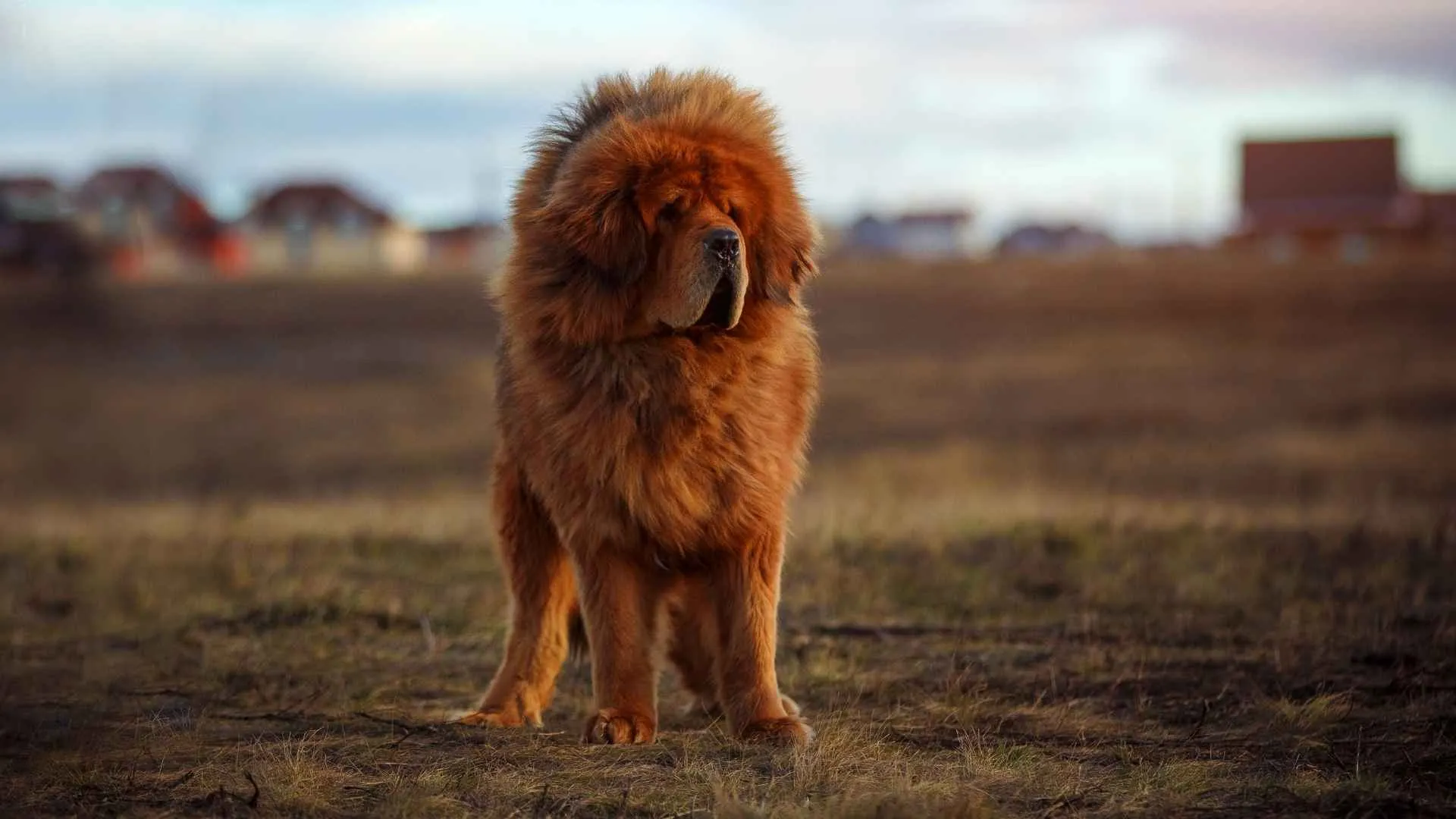
The Tibetan Mastiff is one of the world’s most ancient guardian breeds, with written records dating back to 1100 BCE. Originating in Tibet, this noble and powerful dog was bred to protect homes, livestock, and entire settlements in the Himalayan region.
Early explorers described its massive build, thick coat, and calm but imposing presence. The breed is believed by some to be the ancestor of all mastiff-type dogs.
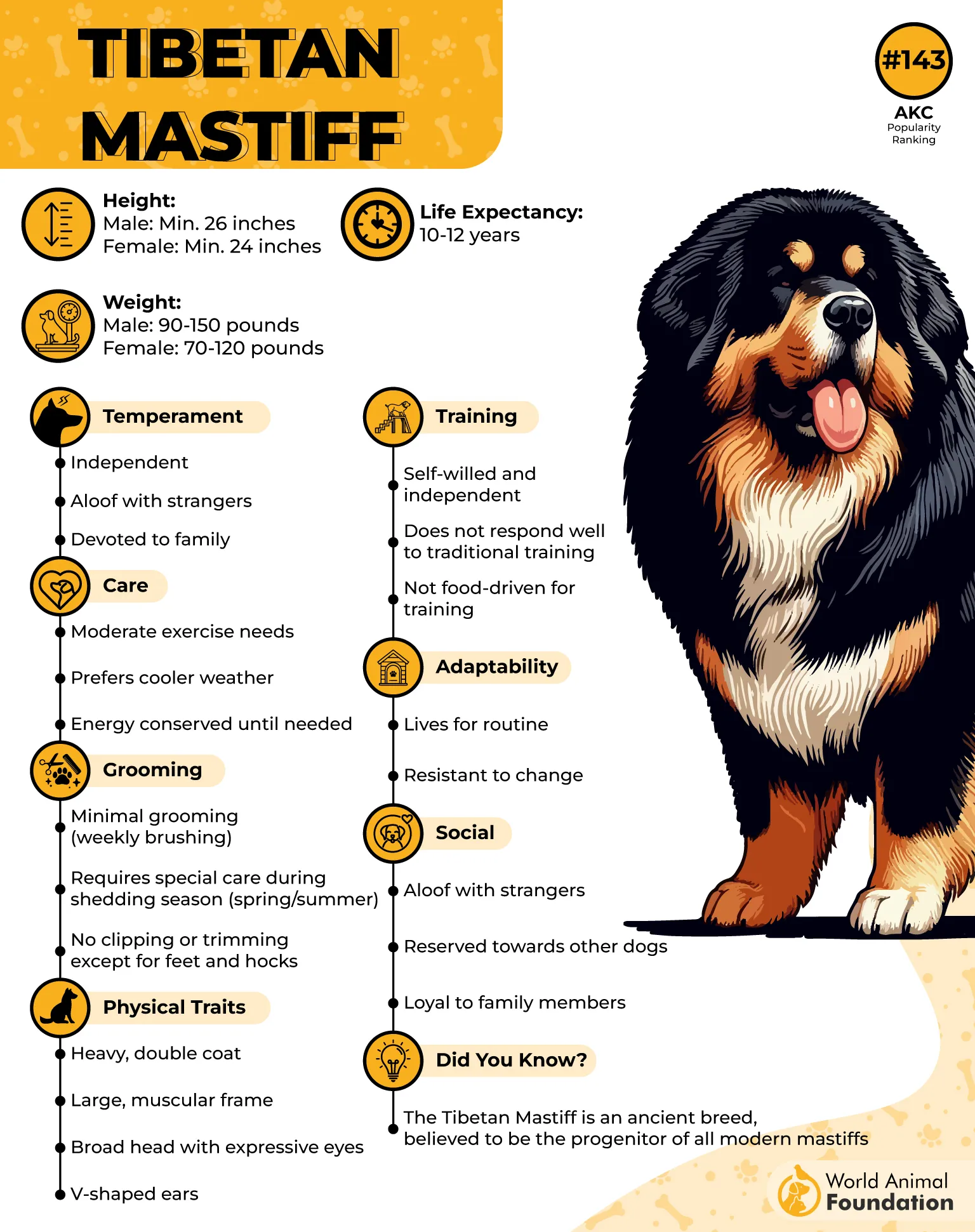
Temperament & Guarding Style
Despite their size and strength, Tibetan Mastiffs are mellow, loyal, and deeply devoted to their families. Hill’s Pet states that they are aloof with strangers but kind and patient with those they trust. Their independent nature makes them great guard dogs, but less enthusiastic about structured obedience.
Key Behavior Traits:
Aloof naturally watchful
Strong guarding instincts
Gentle and devoted to family members
Independent and intelligent
History & Modern Role
Traditionally, Tibetan Mastiffs were tethered at property entrances to deter intruders and protect livestock. Their courage and alertness made them dependable working dogs in harsh mountain environments.
Today, they continue to be valued for their highly protective nature and calm companionship. They enjoy time with family, adapt well when socialized early, and appreciate both independence and connection.
4. Komondor

The Komondor is one of the most recognizable flock guardians in the world. Originating in Hungary, this powerful working dog is famous for its dense, white, corded coat that gives it a mop-like appearance.
The breed was brought to Europe by the Magyars in the 9th century and was trusted for centuries to guard property and sheep. Its unique coat helped it blend in with the flock and shielded it from predators, making it a highly effective guardian.

Temperament & Guarding Instincts
Komondors are courageous, independent, and deeply devoted to their families. They are naturally distrustful of strangers and strongly territorial, which makes them one of the best guard dog breeds. Their bold nature also means they can be stubborn or defensive without proper guidance.
Key Behavior Traits:
Strong protective instincts
Independent and confident
Reserved with strangers
Loyal and well-suited to family life
History & Modern Role
Traditionally, Hungarian shepherds allowed the Komondor’s coat to form heavy cords because it offered protection from wolves and harsh weather. The breed was valued not for herding but for standing guard—often surprising predators by leaping out from among the flock.
Today, the Komondor remains a rare but respected guardian breed. It thrives with proper training, structure, and an owner who appreciates its bravery, strength, and natural instinct to protect.
5. Polish Lowland Sheepdog
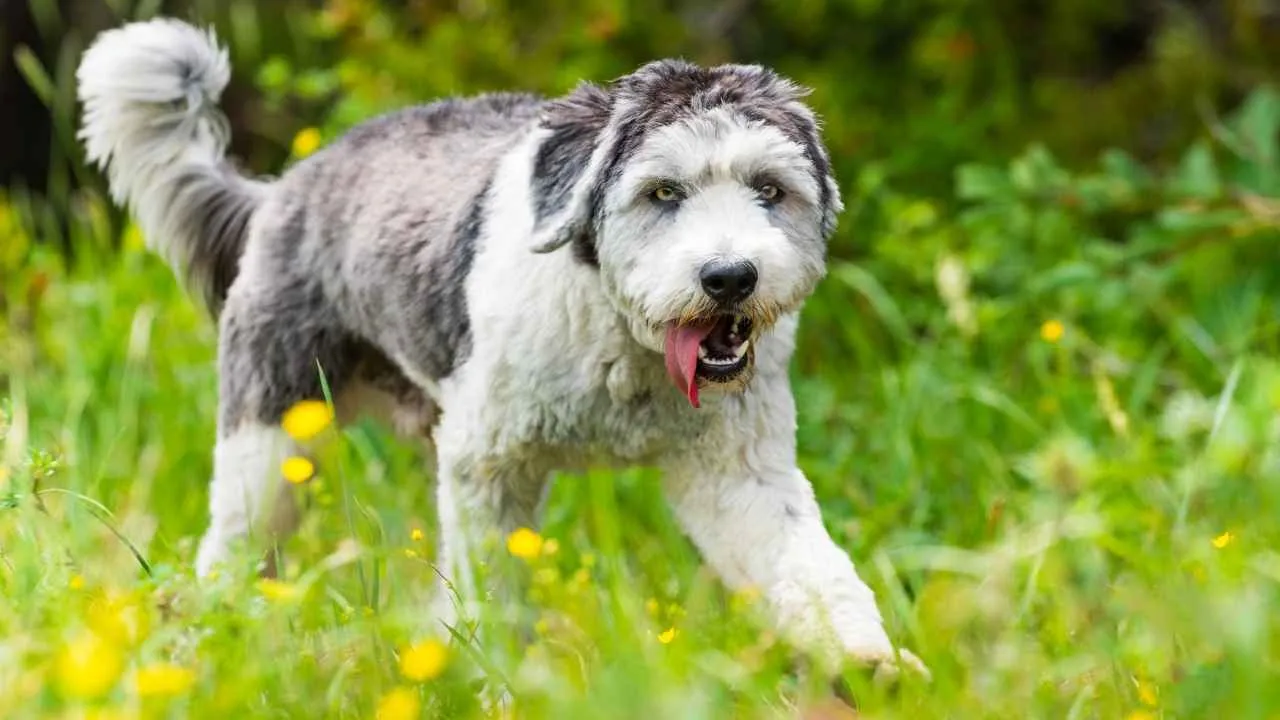
The Polish Lowland Sheepdog, known in Poland as the Polski Owczarek Nizinny (PON), is a rare herding and watchdog breed with deep roots in Polish history. This compact, shaggy-coated dog was valued for guarding flocks and farms, and its sturdy build may come from ancestors like the Puli.
Historical notes suggest that PONs even reached Scotland in the 16th century, possibly influencing local sheepdog breeds.
Temperament & Guarding Instincts
PONs are lively, intelligent, and self-confident. Beneath their adorable, shaggy appearance is a sharp watchdog with quick awareness and strong protective instincts. They are affectionate with family and good with small children, but can be stubborn without steady guidance.
Key Behavior Traits:
Alert and naturally watchful
Incredibly loyal and affectionate companions
Intelligent and confident
Can be independent or stubborn
History & Modern Role
Traditionally, the Polish Lowland Sheepdog guarded livestock and served as a dependable farm companion. Their thick double coat protected them in rough weather, while their alert nature made them reliable guardians of both home and herd.
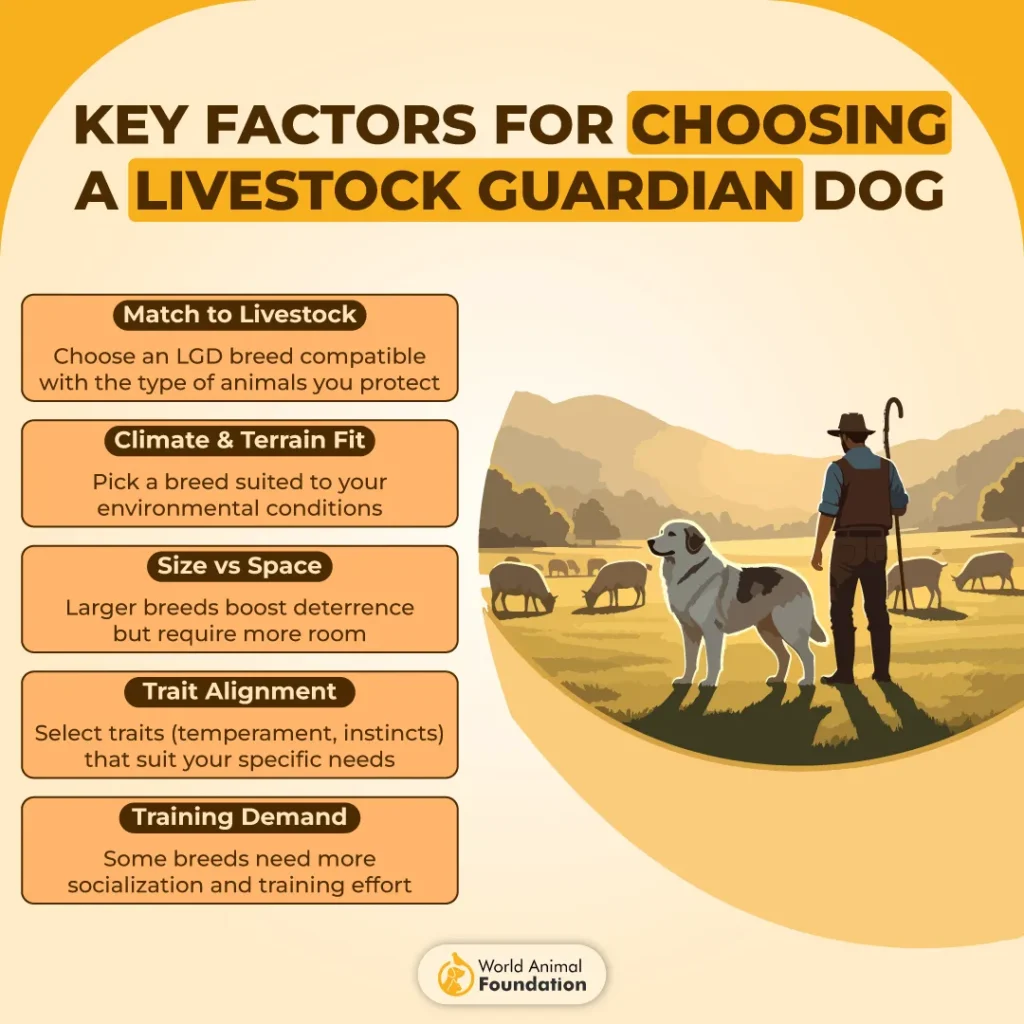
Today, PONs remain adaptable and loyal companions for home and family. With early training, mental stimulation, and regular grooming, they make excellent watchdogs and family dogs who blend work ethic with charm.
6. Pyrenean Shepherd
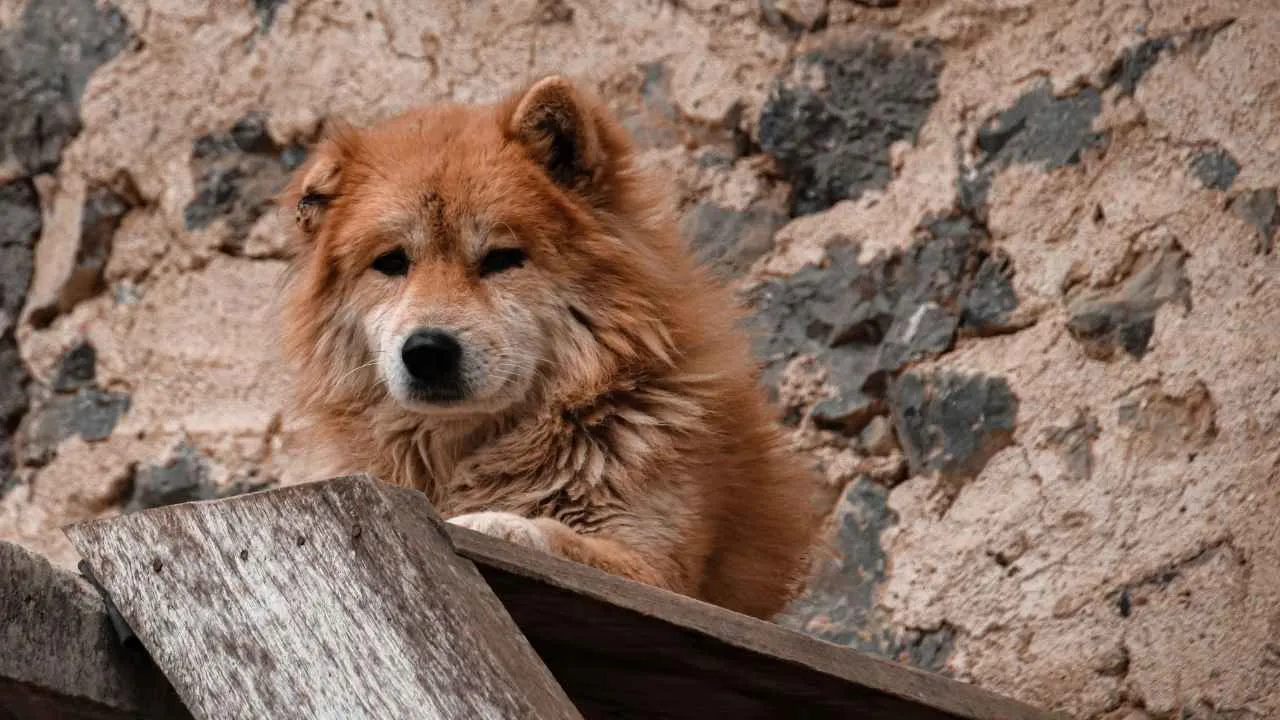
The Pyrenean Shepherd, also known as the Berger des Pyrénées, is a vibrant and energetic herding breed from the Pyrenees Mountains in France.
This small but powerful dog worked closely with shepherds for centuries, often partnering with the Great Pyrenees—one herding the flock, the other guarding it. Though lively and playful with family, the breed is naturally wary of strangers, making it a sharp and reliable watchdog.
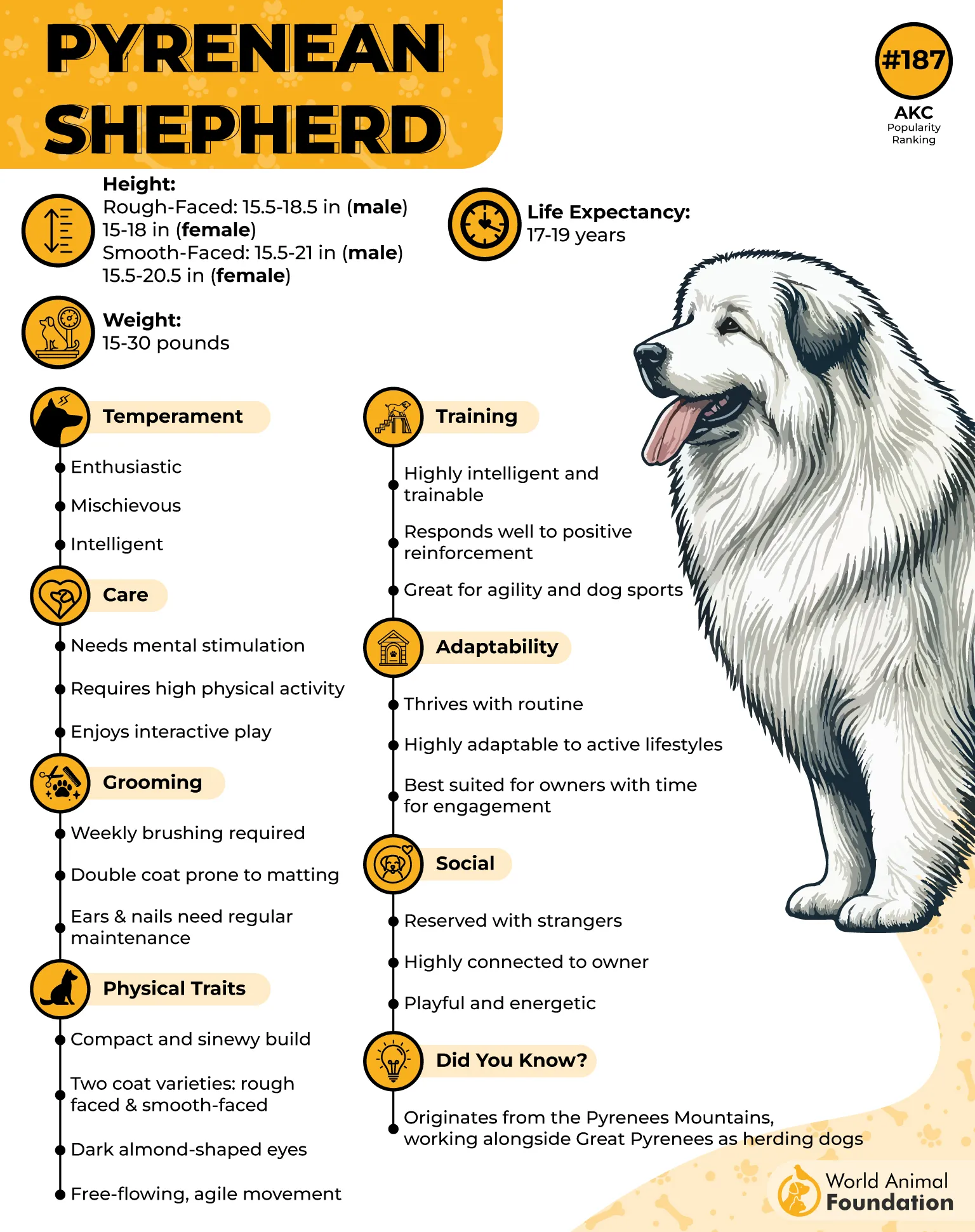
Temperament & Guarding Instincts
This breed is enthusiastic, intelligent, and devoted. Pyrenean Shepherds are quick thinkers with strong work ethics and a fearless attitude despite their imposing size. Their alert nature makes them excellent at noticing changes in their surroundings, and they thrive in homes where they have plenty to do.
Key Behavior Traits:
Highly alert and sensitive
Playful and affectionate, making excellent family pets
Wary of strangers
Energetic and eager to work
History & Modern Role
The breed’s history stretches back long before its first standard in 1926, with each valley in the Pyrenees developing its own type. According to AKC, they come in two varieties—Rough-Faced and Smooth-Faced—with coats designed to handle harsh mountain weather.
While known for their strong-willed and bold personality, they are also dependable guardians of livestock and home. Today, the Pyrenean Shepherd excels in dog sports such as agility and obedience, making it a perfect fit for active families who appreciate a loyal and watchful companion.
7. Chinook

The Chinook is a unique American breed developed in Wonalancet, New Hampshire. Once close to extinction, it remains one of the scarcest AKC breeds today.
Created in the early 1900s by Arthur Treadwell Walden, the Chinook was bred to combine the physical strength of freighting dogs with the speed of racing sled dogs. Named after one exceptional dog who joined an Antarctic expedition, the Chinook carries a history full of adventure, endurance, and teamwork.

Temperament & Watchful Nature
Although primarily known as a sledding and drafting breed, the Chinook also has a calm, people-oriented, and affectionate nature that makes it an excellent family watchdog.
These dogs are patient, intelligent, and devoted. They form deep bonds with their families and are especially gentle with children.
Key Behavior Traits:
Calm and people-focused
Fiercely loyal and eager to please
Naturally attentive and steady
Intelligent and highly trainable
History & Modern Role
Built for cold climates and long-distance work, the Chinook’s thick double coat protects it from harsh weather. Over the years, the breed has excelled in sledding, carting, agility, herding, and search-and-rescue.
They enjoy hiking, jogging, and skijoring, but they also settle well at home with regular exercise. While not traditionally bred as a guardian, their alertness, loyalty, and balanced temperament make them dependable companions who quietly keep an eye on their surroundings.
Conclusion
Choosing a dog with natural guarding instincts is about much more than size or looks. These breeds may vary in muscular build, energy, and temperament, but they all share natural awareness and a strong bond with their families.
While some are gentle giants and others are high-energy workers, each one means business when it comes to protecting their home. With clear boundaries, consistent training, and daily exercise, even first-time dog owners can find the right dog among these remarkable guardians—especially if they understand what the right breed truly needs.
Many of these dogs also show surprising versatility. Some excel as police dogs, some live comfortably with other pets, and others adapt easily to life around other animals. A well-trained guardian can be an excellent choice for people who value loyalty, confidence, and a dependable, watchful nature.
There are other excellent guard dogs as well that are worth mentioning. These include the Giant Schnauzer, German Shepherd, Staffordshire Bull Terrier, Bernese Mountain Dog, Belgian Malinois, Doberman Pinscher, and Cane Corso.


